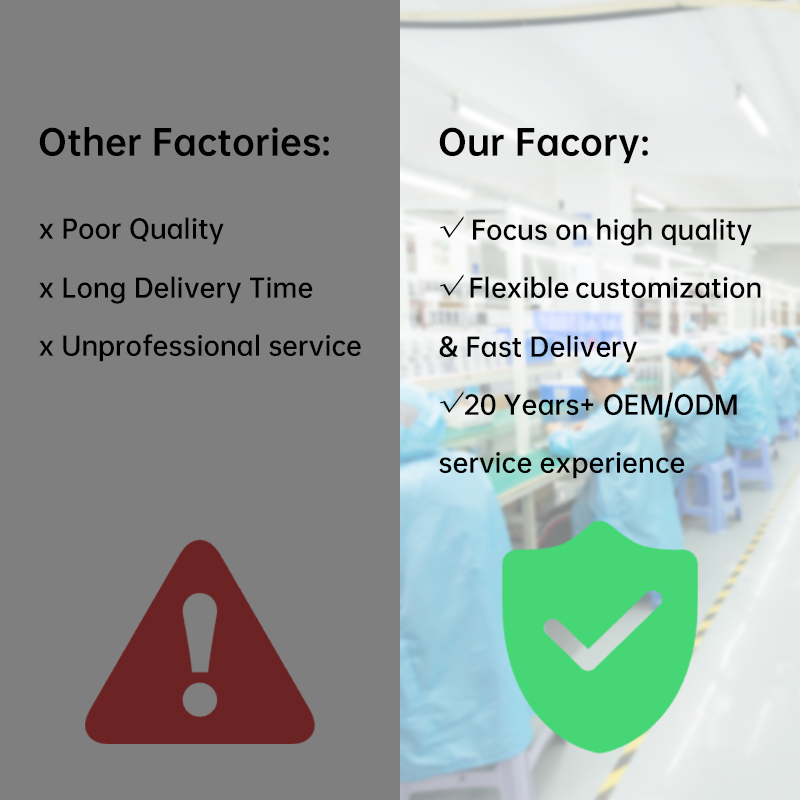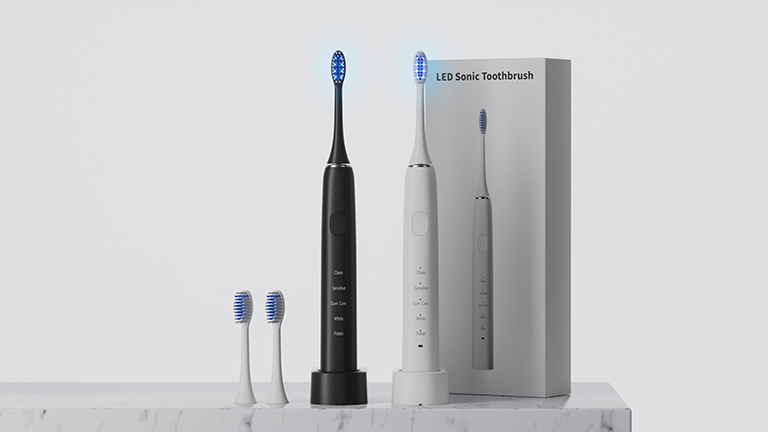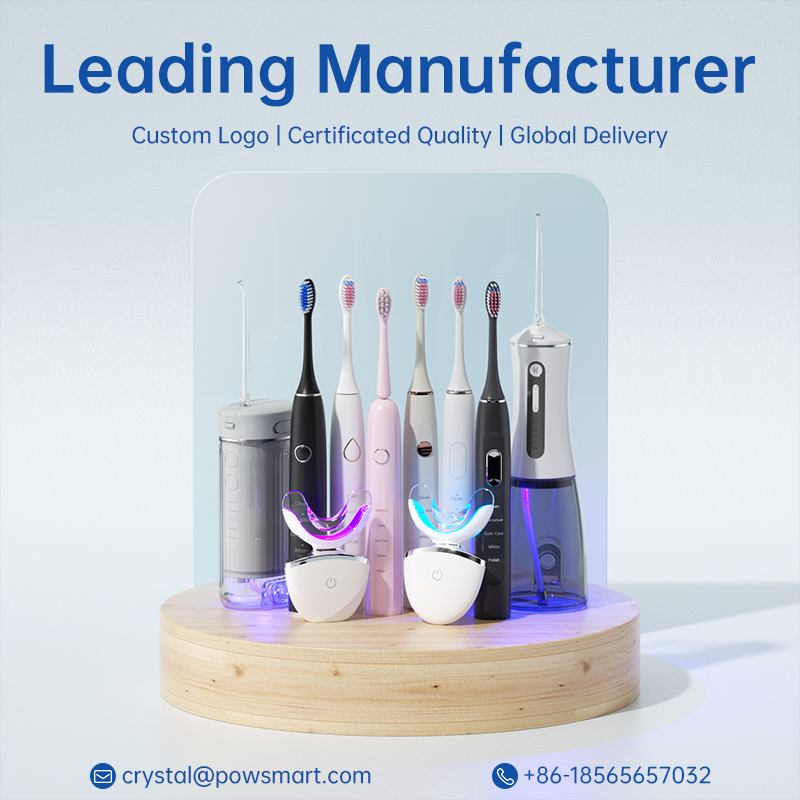Over the last decade, the toothbrush has evolved from a simple hygiene tool into a connected health device. With the growing popularity of APP-connected toothbrushes, brands and manufacturers have embraced Bluetooth sensors, AI brushing feedback, and gamified tracking features.
But as innovation races ahead, one critical question remains: Are consumers actually using these smart features enough to justify the investment?
Recent APP-connected toothbrushes user data shows an interesting pattern. While download rates for companion apps are high, consistent usage after the first month drops significantly — in some cases, by more than 60%. This indicates a gap between initial curiosity and long-term engagement.
For oral care brands, such insights are vital. Analyzing user data helps identify which digital interactions truly enhance brushing habits — such as progress tracking and real-time feedback — versus those that may add complexity without value.
Developing smart functionality involves significant investment — from sensor hardware and app development to data security and connectivity support. Brands must carefully evaluate smart feature ROI (Return on Investment) to ensure profitability.
Data-driven brands are learning that not every “smart” element delivers equal value. For instance, simple pressure detection often delivers a higher ROI compared to full 3D brushing maps, which cost more to implement but yield less consumer engagement.
For toothbrush OEM (Original Equipment Manufacturer) partners, understanding what brands and consumers truly value is key. Valuable OEM features go beyond flashy technology — they include reliable Bluetooth connectivity, battery efficiency, waterproof design, and user-friendly firmware integration.
Factories that can offer modular smart systems or customizable app APIs often attract more brand collaborations, because they enable cost control while maintaining flexibility in product differentiation.
True consumer adoption depends on how intuitive the smart feature feels in daily use. A toothbrush that syncs automatically and offers simple brushing reports tends to perform better in user retention than one requiring complex setup steps.
Manufacturers and brand owners should consider co-developing products with real users’ feedback loops. Incorporating behavioral data analysis early in the design phase can transform a novelty feature into a daily habit driver.
For brands exploring smart oral care products, choosing the right manufacturing partner is crucial. The ideal OEM should not only provide technical capability but also support data analytics integration, firmware updates, and long-term maintenance.https://www.powsmart.com/
Collaborating with a factory that understands both consumer adoption trends and smart feature ROI helps brands balance innovation with cost efficiency. Ultimately, success lies in creating a product that combines data insight, simplicity, and genuine user benefit.
The smart toothbrush market continues to grow, but success is no longer defined by how “connected” a product is — it’s about how effectively that connection improves real user behavior.
By leveraging APP-connected toothbrushes user data, focusing on valuable OEM features, and tracking smart feature ROI, oral care brands can design next-generation products that consumers truly adopt — and keep using.

Do You Need a License to Sell Oral Beauty Products in Australia?
Biodegradable Electric Toothbrush OEM | Eco-Friendly Oral Care Manufacturing
How Do Motor Noise and Pump Noise Disrupt User Experience?

Do Blue Light Toothbrushes Work? A Manufacturer’s Perspective for Smart Brand Choices

Voice & Music Electric Toothbrushes: Sizing the Niche Market for Innovative OEM Brand

Meeting European Demand: Key Features for Eco Water Flosser OEM Production

Key Questions to Ask Before Communicating with Cordless water flosser supplier

Kids Water Flosser Age Guide: When to Introduce and How to OEM the Right Product
.jpg)
Protecting Dental Veneers: How to OEM Gentle Water Flossers and Electric Toothbrushes
.jpg)
Is Your IPX8 Waterproof Toothbrush Designed for Safe Shower Use Product Labeling?
Best Electric Toothbrush for Sensitive Gums – Gentle and Effective Oral Care
Hospital Use Electric Toothbrush Bulk Supply | Professional Dental Hygiene Solution

What Are the Mandatory Certifications for the Sale of Dental Electronic Products in EU Countries?
Do Mode Malfunction and Pulse Instability Compromise Device Stability?

Could LED Toothbrushes Be a Game-Changer in the Oral Care Field?
-2-scaled.png)
How to Boost Brand Value through Partnering with a Teeth Whitening Device Factory

Private Label Whitening Gel

electric toothbrush heads Charcoal Infuse-Round
.jpg)
Florida Electric Toothbrush – Powsmart PTR-C8

electric toothbrush heads Regular Clean

electric toothbrush heads Ultra Soft

Electric toothbrush heads Charcoal Infused-Diamond

Customization Teeth Whitening Gel

electric toothbrush heads Deep Clean
whstapp
whstapp
National Toll-Free Service Hotline
+86 755 86238638